Growing up in a multi-ethnic working-class community in the heart of Kansas City, Kansas, Black American photographer Ivan McClellan was surrounded by a distinct mix of street culture and country life. His family lived in a small ranch style house on five acres of land. “In the summertime, my sister and I would climb trees, pick blackberries, and catch fireflies in the field behind our home,” Ivan says. “It was safe and quiet back there.”
Ivan also fondly recalls the horse-riders in and around his neighbourhood, such as the man who lived on the other side of the field to his house, who kept horses and ran a riding club. On Sundays, Ivan would stop by at a local ranch for a horseback ride after church. Although these aspects of country living were ubiquitous, it felt very far away from Hollywood’s whitewashed image of cowboy culture. “My friend Courtney Wills’ father had cows in the front yard and chickens running around the driveway, but we never called Mr. Wills a farmer or a cowboy because that was not something I would attribute to a Black person,” Ivan says.
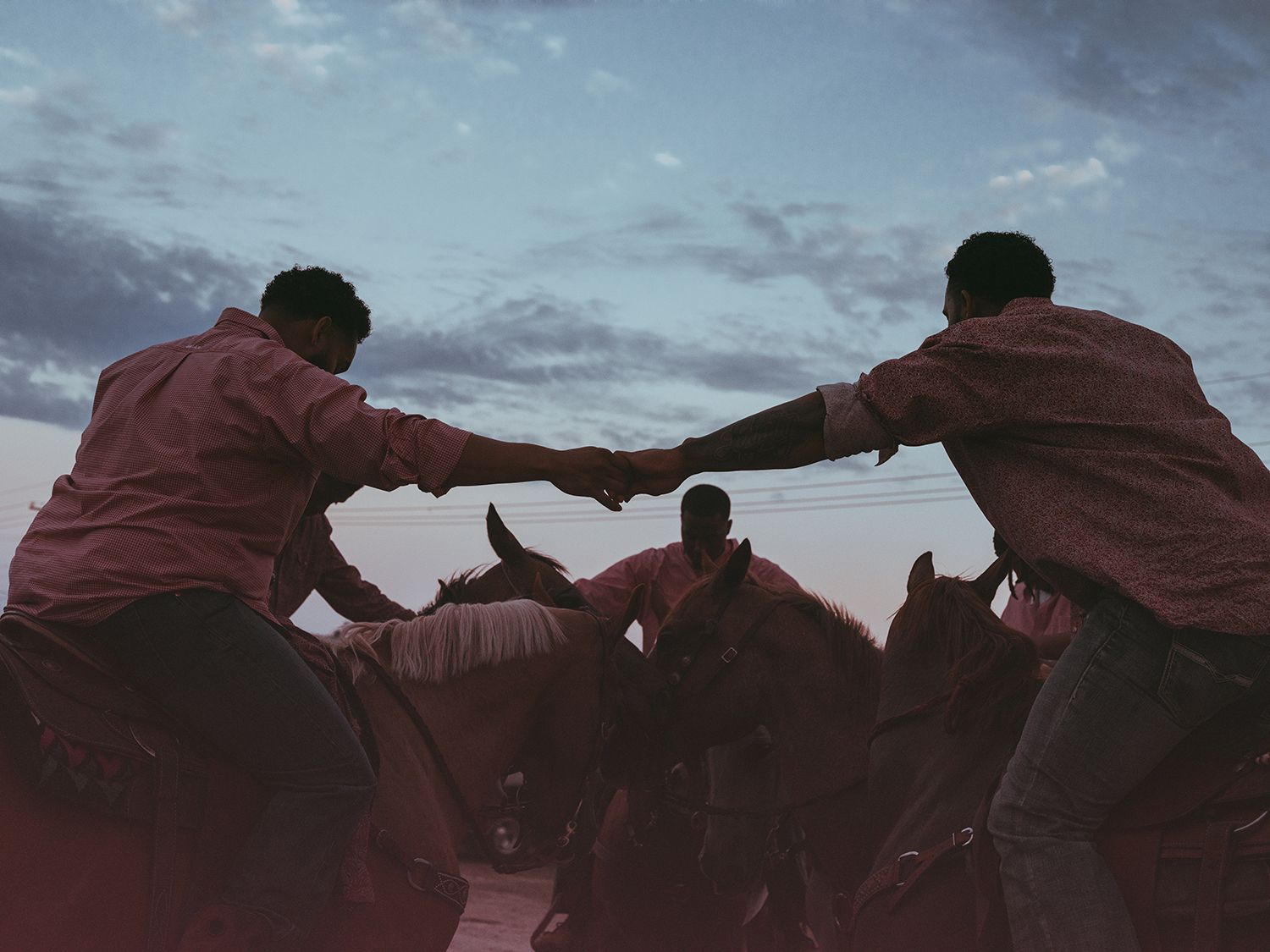
Indeed the history of Black cowboys has been largely erased — most famously in the case of The Lone Ranger, the white TV and film icon said to be inspired by the life of Bass Reeves, a Black man born into slavery in Crawford County, Arkansas, in 1938. During the Civil War, Bass won his freedom and fled north to live among the Cherokees, Seminole and Creeks. In 1875, Bass became the first Black deputy US Marshal west of the Mississippi, capturing some 3,000 felons over 32 years.
But Hollywood, much like American history itself, rewrote the facts in the service of white supremacy. Cowboy culture originally began in Mexico, when the lands of Texas were first colonised by Spain in the 16th century — and took hold in the United States during the 19th century during the Civil War. After white slave-owners joined the Confederacy, Black people held down the ranch until they received notice of emancipation on Juneteenth 1865. Armed with valuable skills, many freedmen took jobs as cowhands, making up 25% of the workforce across the South and newly expanding West.

Like so many things in American culture, the term ‘cowboy’ is rooted in racism; white ranchers used it as a slur to disrespect the Black cowhands — only to later trade on its popularity and appropriate it for themselves. Black cowboys like Bill Pickett (1870-1932) became groundbreaking figures in the emerging rodeo circuit, working alongside noted entertainers like Buffalo Bill, Will Rogers, and Tom Mix in Wild West shows and early Hollywood films. Hailing from Texas, Bill Pickett invented bulldogging, also known as steer wrestling — a highly skilled sport which requires the athlete to leap off a moving horse, tackle a running steer, flip it onto its back, and rope three legs before setting it free. In 1972, 40 years after his death, Bill became the first Black person inducted into the National Rodeo Hall of Fame.
In 1984, Lu Vason founded the Bill Picket Invitational Rodeo, the only touring African-American rodeo in the world — which Ivan attended for the first time in 2015 as a guest of Charles Perry, director and producer of The Black Cowboy. “I went into that experience with no expectations,” Ivan says. “I was in this phase where I said yes to everything in order to open myself up to opportunities.”

“The rodeo was Okmulgee, Oklahoma, a very small town on a Creek Indian Reservation. I pulled up in an Acura, and everyone else had a big old Ford F350. It was a 105-degree day in August with 100% humidity. Chiggers in the grass were biting my ankles, and grasshoppers were everywhere. It very much felt like home.” Ivan had been living in Portland, the “whitest city” in the nation, located in Oregon — the only state that explicitly forbade Black people from becoming residents when it entered the Union in 1859.
As the only Black person working at a Portland agency of 200 people, Ivan remembers the thrill of landing in the middle of a scene that brought him back to his formative years. “There were hundreds of Black people already there, sitting in the shade, conversing with each other, having beers, barbecuing, listening to gospel, R&B and Hip Hop,” Ivan says. “It had the atmosphere of a family reunion, church fundraiser, and a party all rolled in one. People were selling bedazzled cowboy hats. Women were braiding hair out on the lawn. It was Black culture — and it was cowboys. It was like landing in Oz.”
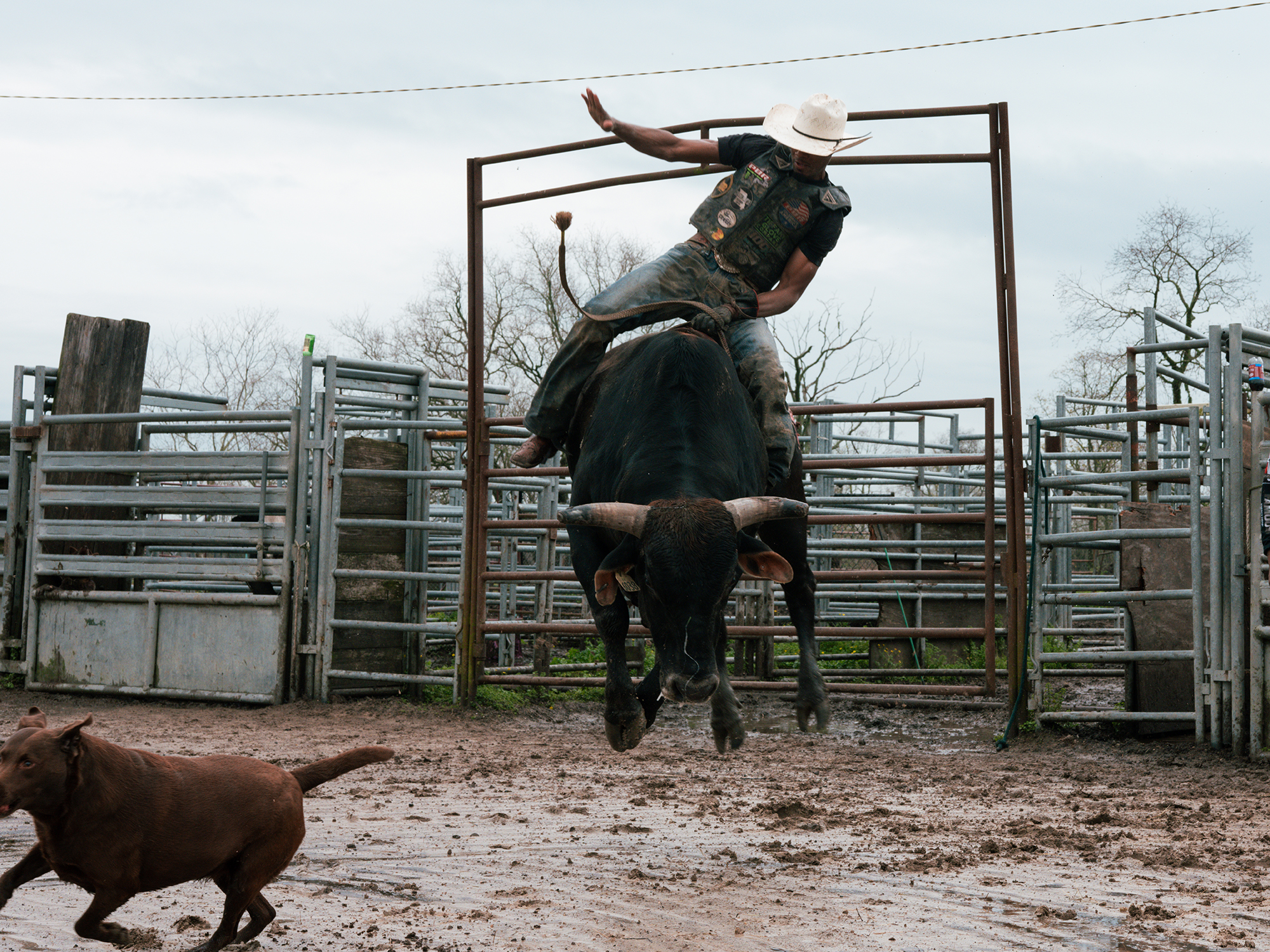
As fate would have it, Ivan encountered a man wearing a Kansas City hat that turned out to be Robert Criff, his childhood neighbour who lived on the other side of the family’s backyard field. “We got to talking, and he knew exactly who my grandma was,” Ivan says. “We went to the same high school and had all these different points of relation. That was the moment that brought it home for me — this was not only part of my culture, it was part of my neighbourhood. All of these experiences I had growing up finally had a name: they were cowboys.”
Ivan was hooked. He started going to Black rodeos, ranches, and farms around the nation as well as to urban riding clubs in cities like Philadelphia and Compton, documenting the culture for his first book, Eight Seconds. The book’s title refers to the sport of bull-riding — athletes must stay on a bull for a total of eight seconds while it bucks, and the more hectic the ride, the higher they score. The series began organically, driven by curiosity and love, but as time progressed, it became a mission all its own. Ivan began posting his photographs on Instagram and was amazed by the response. “People were having the same experience through these photos that I had at that first rodeo,” he says.
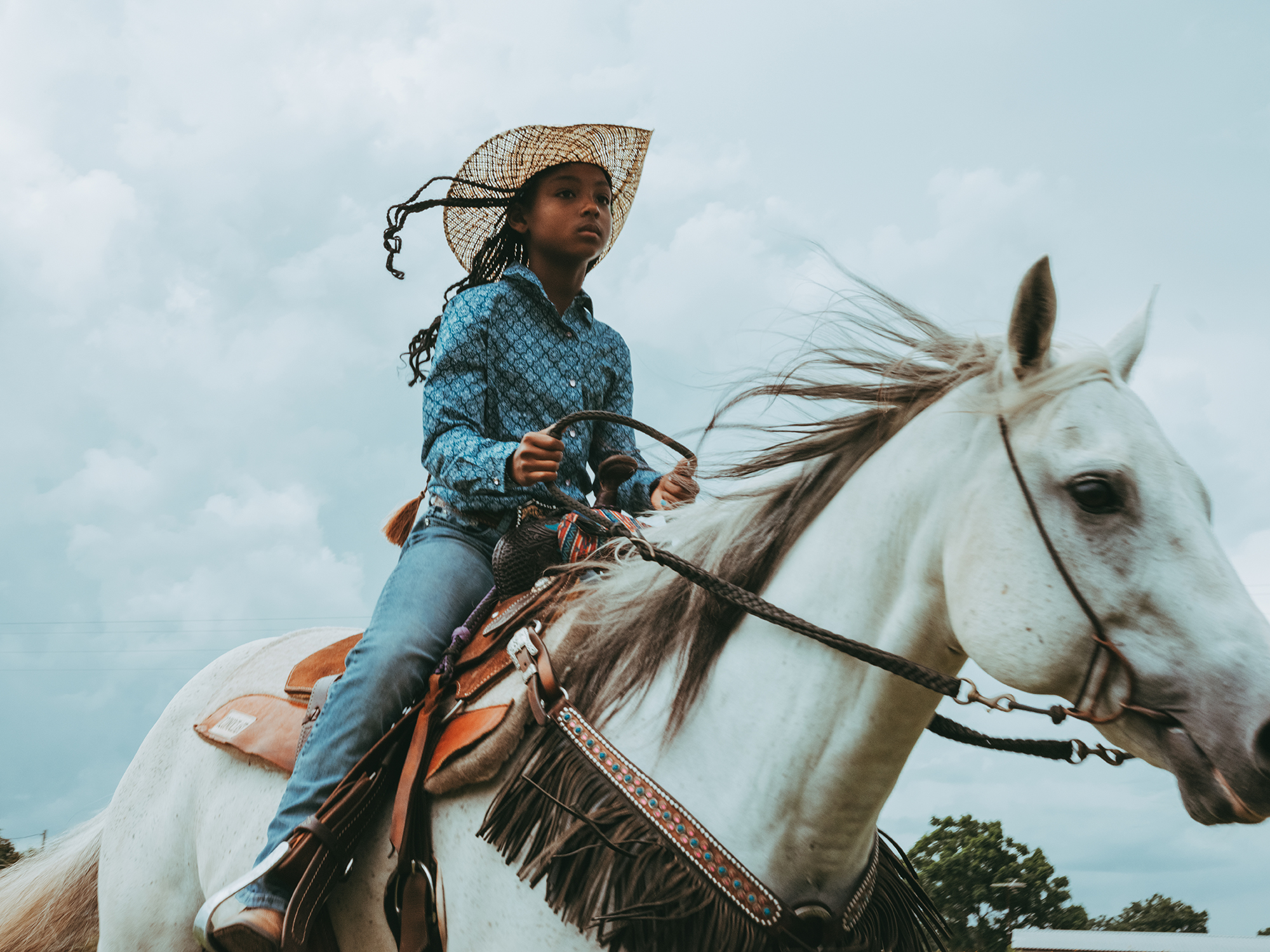
After George Floyd was murdered, Black cowboys began showing up at protests nationwide — an image that strongly resonated at a time when the “Yeehaw Agenda” was being celebrated far and wide. The term, first coined in 2018 by Dallas native Bri Malandro, took off the following year when Lil Nas X took the world by storm with “Old Town Road”, a cultural phenomenon and the longest-charting number one song in Billboard history.
A fusion of history, music, style, and sport, the Black cowboy is the perfect heroic figure of self-determination for the new millennium. “It’s associated with the noblest attributes of the American myth: fearless, independent, gritty — an icon that means something to Black folks all around the world,” Ivan says. “When they showed up at protests in Oakland and Houston, it was like levelling the playing field. Cops weren’t the only ones that have horses; we have them too.”
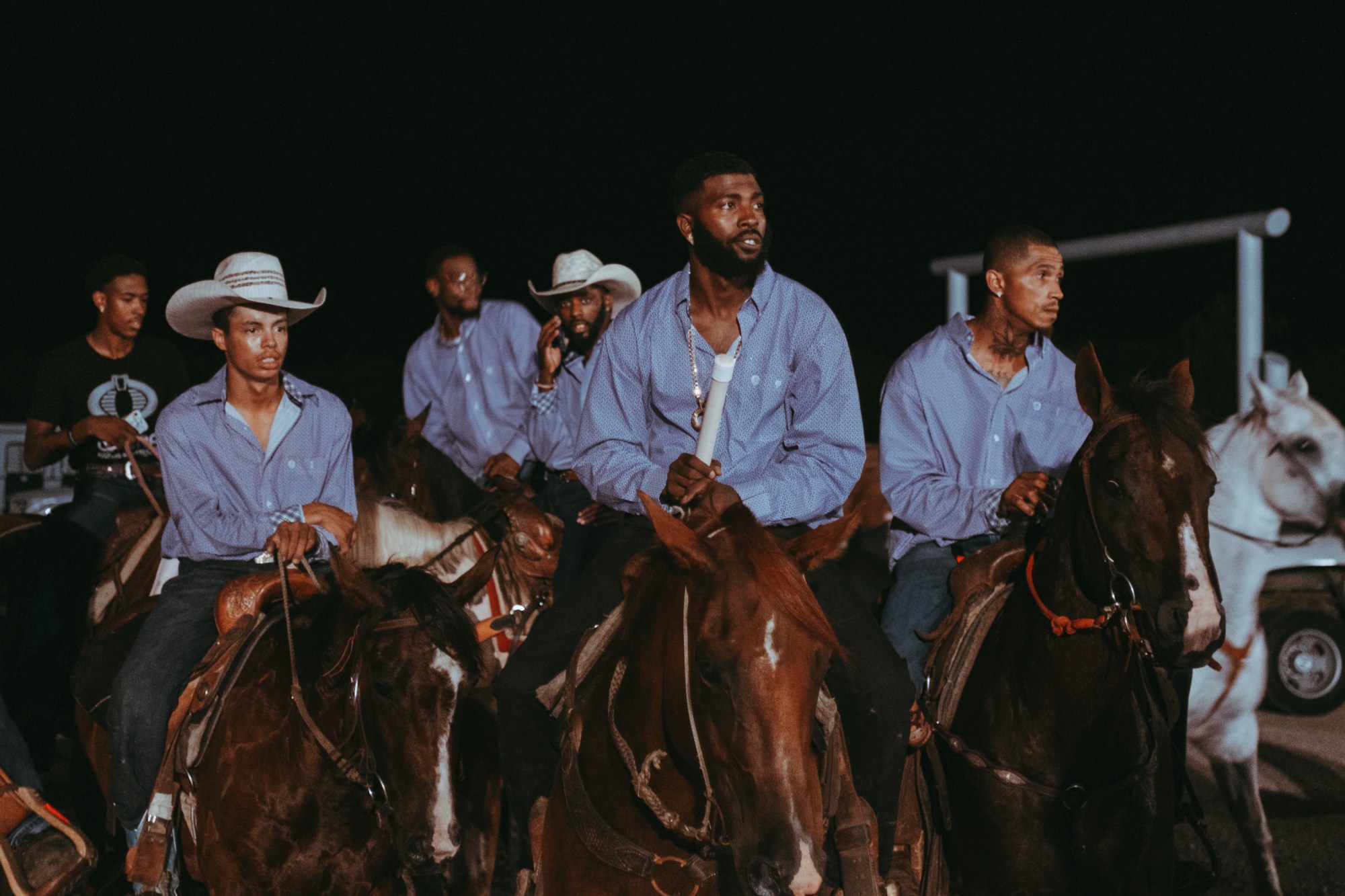
Ivan’s work is a testament to the power of self-reliance, creativity, and freedom. “To live the life of a cowboy takes a strong independent streak,” he says. “You wouldn’t put up with the complexities that go into owning horses and farming unless you loved it. These folks are genuinely passionate. This is their heritage. There is nothing they would rather be doing.”
For Ivan, one of the proudest moments making this work came when an older Black man who had been following his photography decided to take a riding class. “He wrote to me and said, ‘I just took my first horse-riding class today. Everybody was white, but I felt comfortable being there because of your photos. They let me know I’m not the only Black man who’s doing this,'” Ivan finishes with. “The photos are not just curiosity and pride — they are also an invitation to do it yourself.”
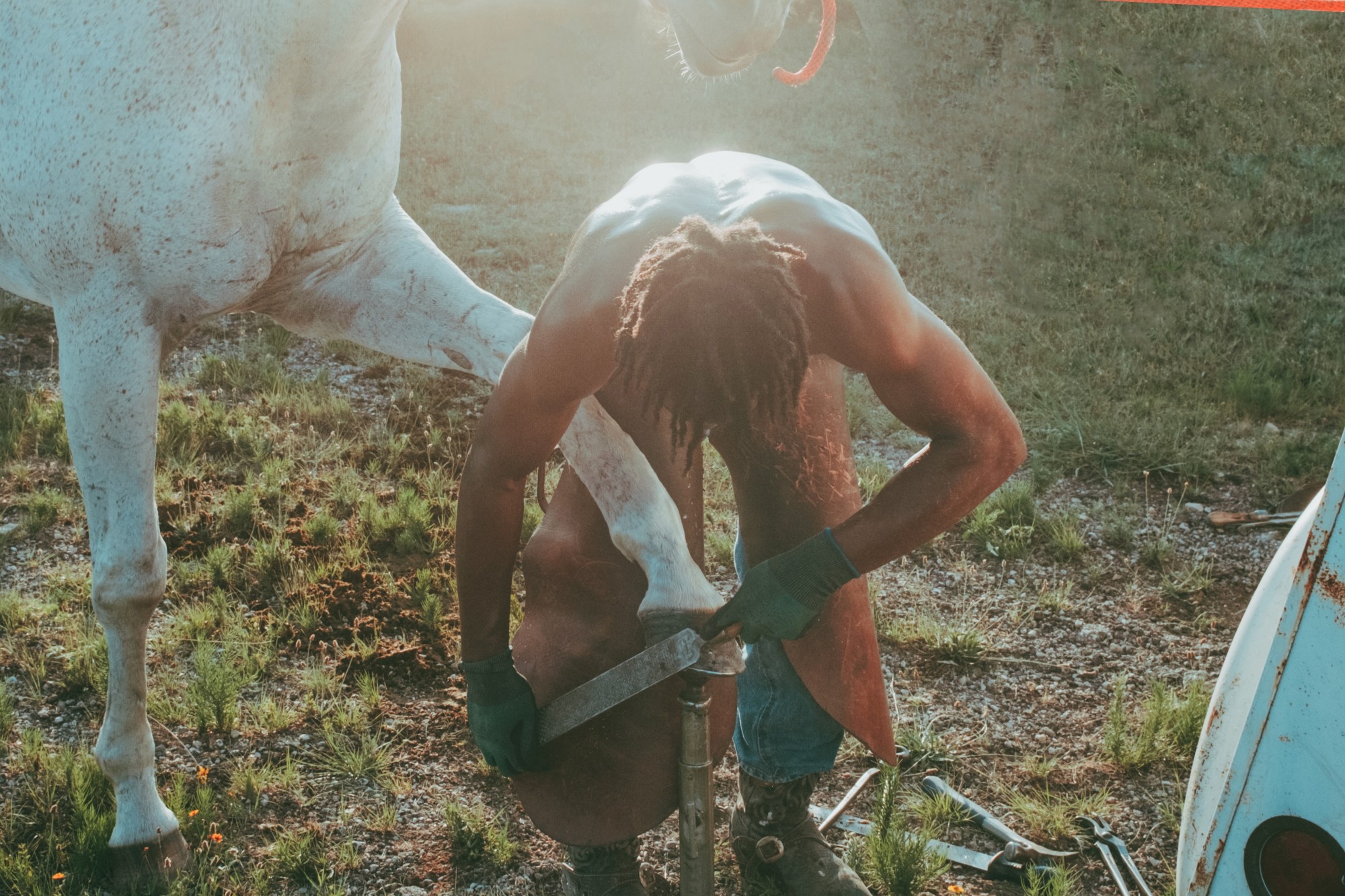
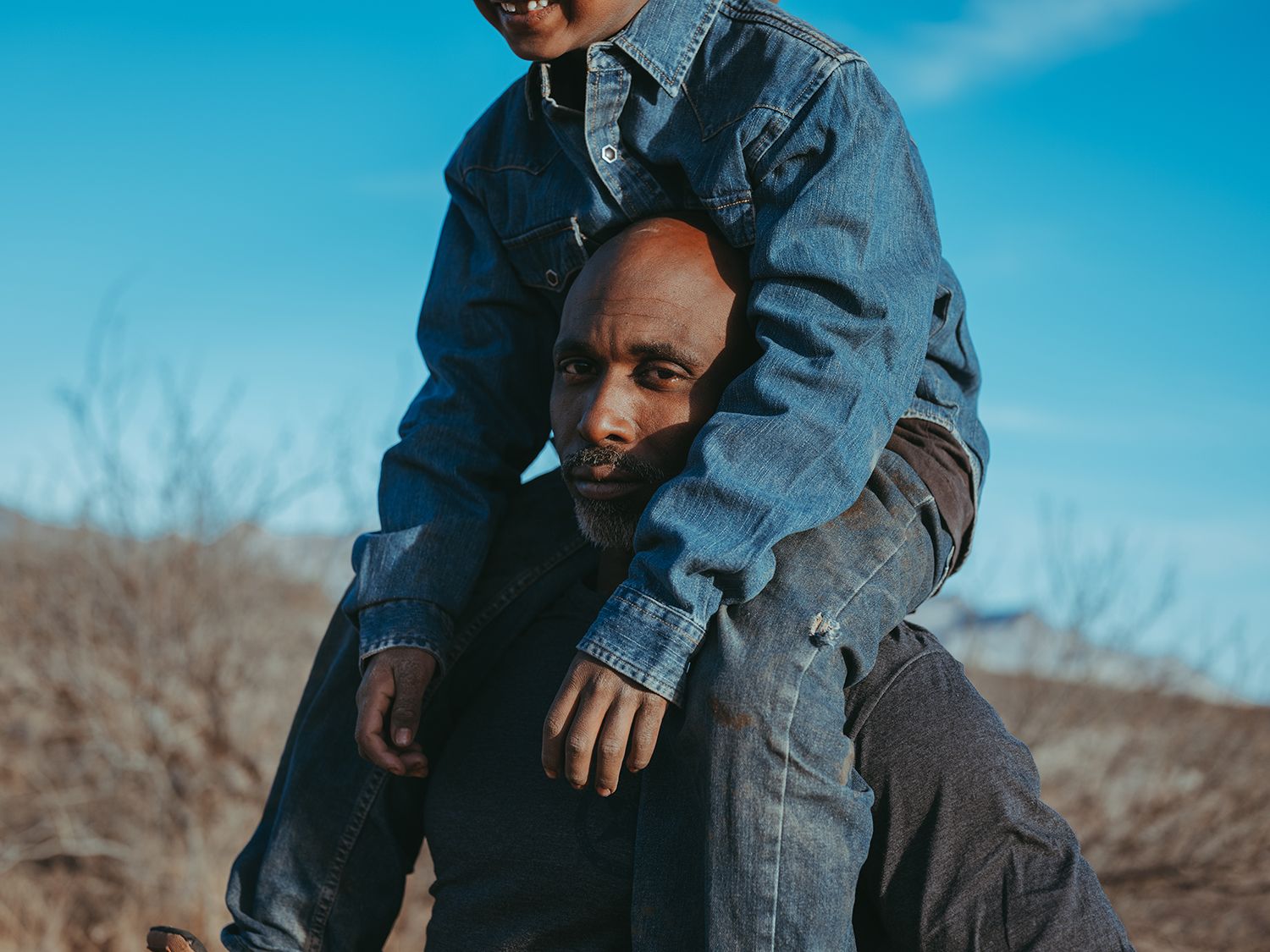
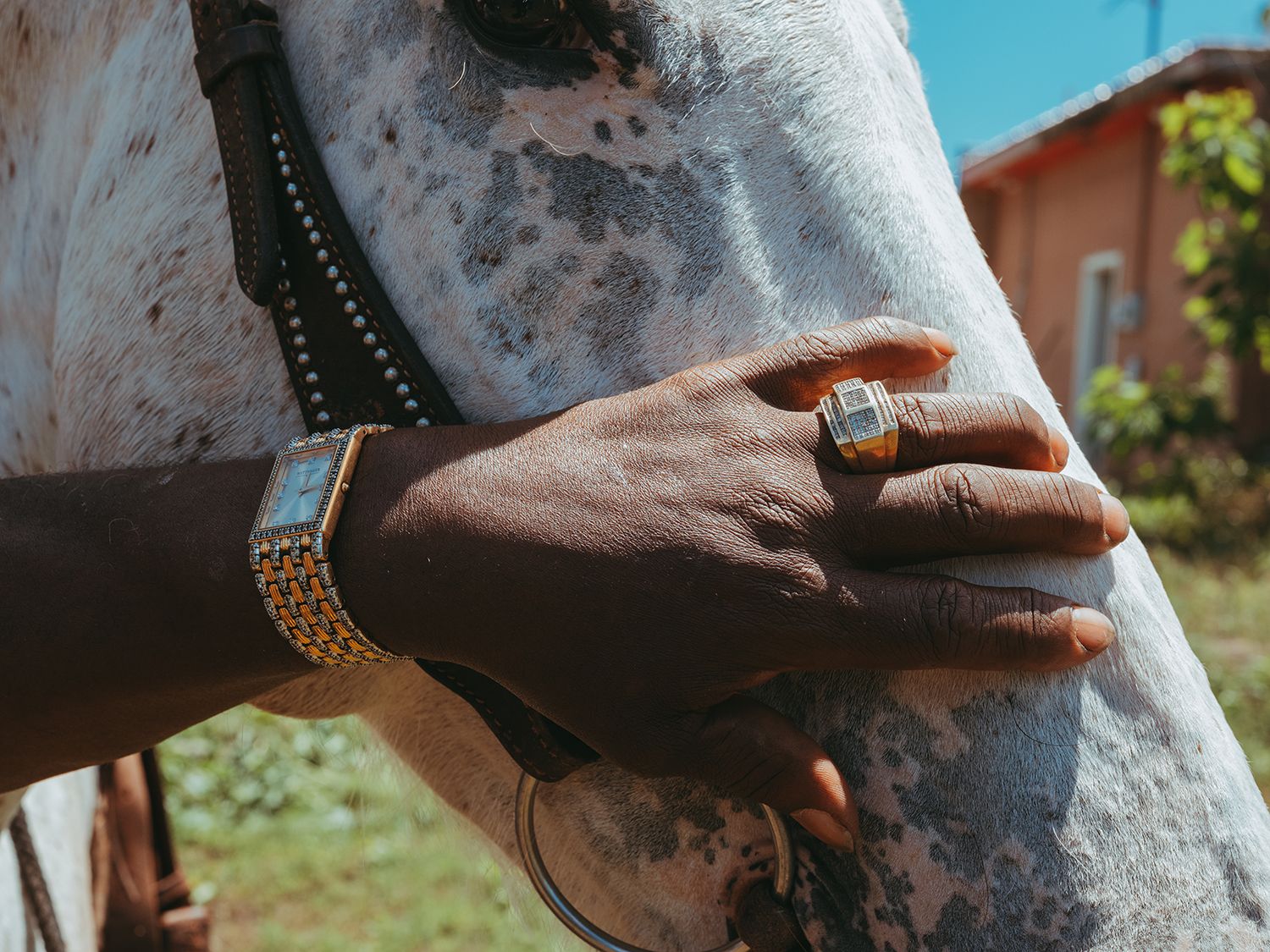
Credits
All images courtesy Ivan McClellan
